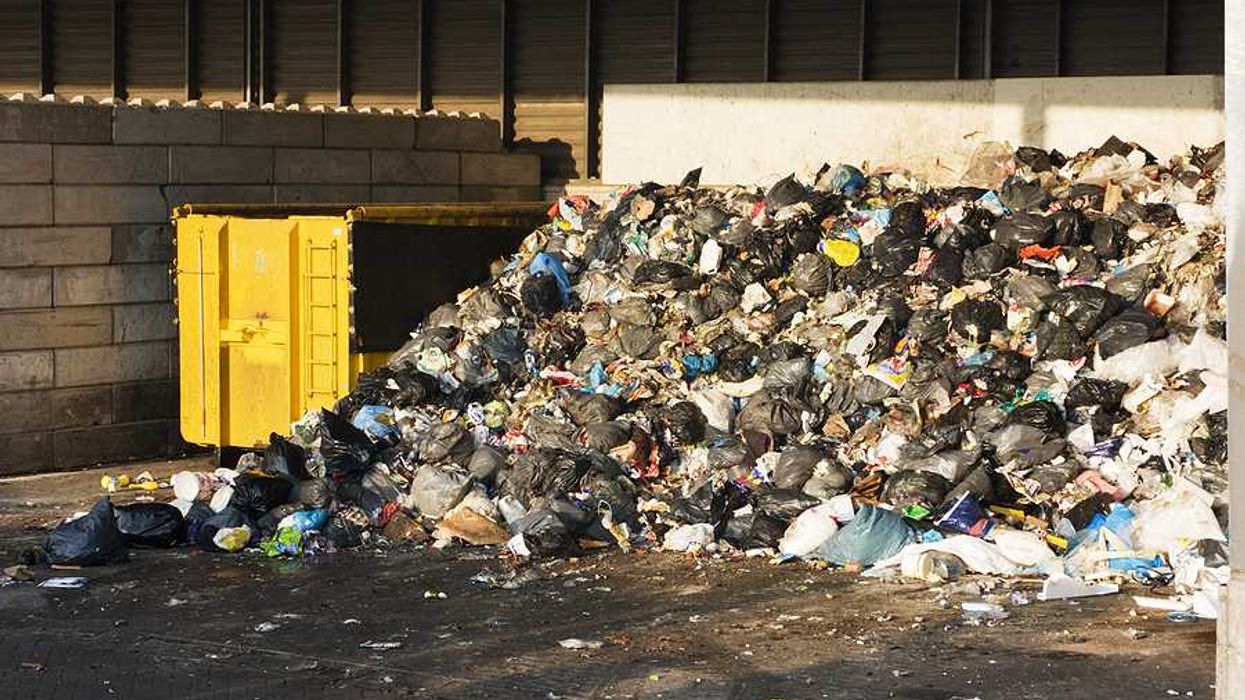Autism diagnoses among American children have surged nearly 70% in four years, and some scientists say environmental toxins, especially those found in plastics, may play a key role.
Steve Curwood and Aynsley O’Neill report for Living on Earth.
In short:
- U.S. Health and Human Services Secretary Robert F. Kennedy, Jr. has ordered an investigation into the causes of autism, as recent Centers for Disease Control and Prevnetion data show a significant rise in diagnoses, now affecting one in 31 children.
- Pediatrician and environmental health expert Dr. Philip Landrigan links increased autism risk to early exposure to toxic chemicals like phthalates and bisphenols, commonly found in plastics, especially during pregnancy.
- Scientific studies have repeatedly debunked vaccine-related claims about autism, while evidence grows that rising chemical exposure in food, water, and consumer products is contributing to neurodevelopmental disorders.
Key quote:
"The most important thing to understand here is that children in today's world are exposed to thousands of chemicals in every aspect of their environment."
— Philip Landrigan, pediatrician and director of the Program for Global Public Health and the Common Good at Boston College
Why this matters:
Autism spectrum disorder now affects more children than ever before, and while improved awareness and diagnostics play a role, environmental factors are increasingly under scrutiny. Scientists have identified a wide range of chemicals — especially endocrine-disrupting compounds like phthalates and bisphenols — that can interfere with brain development when exposure occurs in utero or during early childhood. These substances are ubiquitous and their growing prevalence coincides with the explosion of plastic production worldwide, much of it driven by fossil fuel interests. Although many of these chemicals have never been thoroughly tested for safety, children continue to face chronic low-level exposure. The consequences may extend beyond autism to broader developmental issues, including reduced IQ, behavioral disorders, and learning disabilities.
Related EHN coverage: Autism and phthalates: Exposure in womb linked to autistic traits in boys














